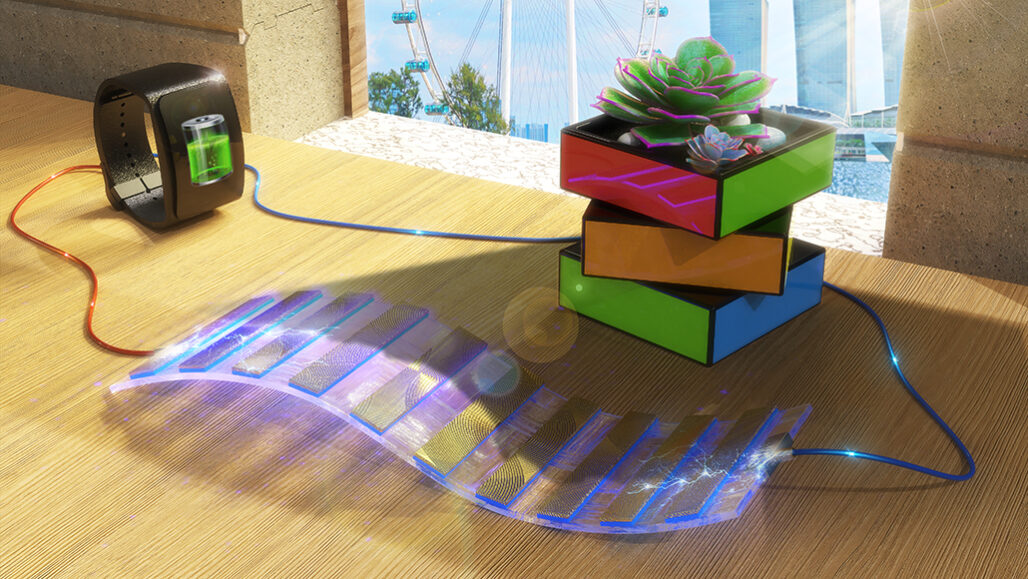chemical engineer: A researcher who uses chemistry to solve problems related to the production of food, fuel, medicines and many other products.
circuit: A network that transmits electrical signals. In the body, nerve cells create circuits that relay electrical signals to the brain. In electronics, wires typically route those signals to activate some mechanical, computational or other function.
electric current: A flow of electric charge — electricity — usually from the movement of negatively charged particles, called electrons.
electron: A negatively charged particle, usually found orbiting the outer regions of an atom; also, the carrier of electricity within solids.
electronics: Devices that are powered by electricity but whose properties are controlled by the semiconductors or other circuitry that channel or gate the movement of electric charges.
engineer: A person who uses science to solve problems. As a verb, to engineer means to design a device, material or process that will solve some problem or unmet need.
environmental science: The study of ecosystems to help identify environmental problems and possible solutions. Environmental science can bring together many fields including physics, chemistry, biology and oceanography to understand how ecosystems function and how humans can coexist with them in harmony. People who work in this field are known as environmental scientists.
materials scientist: A researcher who studies how the atomic and molecular structure of a material is related to its overall properties. Materials scientists can design new materials or analyze existing ones. Their analyses of a material’s overall properties (such as density, strength and melting point) can help engineers and other researchers select materials that are best suited to a new application.
metal: Something that conducts electricity well, tends to be shiny (reflective) and malleable (meaning it can be reshaped with heat and not too much force or pressure).
silicon: A nonmetal, semiconducting element used in making electronic circuits. Pure silicon exists in a shiny, dark-gray crystalline form and as a shapeless powder.
Singapore: An island nation located just off the tip of Malaysia in southeast Asia. Formerly an English colony, it became an independent nation in 1965. Its roughly 55 islands (the largest is Singapore) comprise some 687 square kilometers (265 square miles) of land, and are home to more than 5.3 million people.
skyscraper: A very tall building.
solar cell: A device that converts solar energy to electricity.
voltage: A force associated with an electric current that is measured in units known as volts. Power companies use high-voltage to move electric power over long distances.








